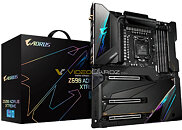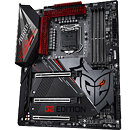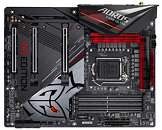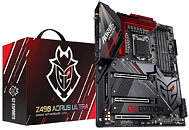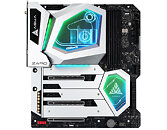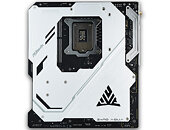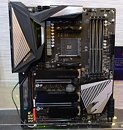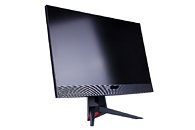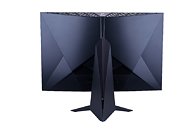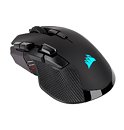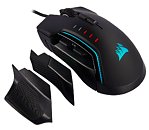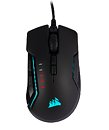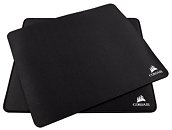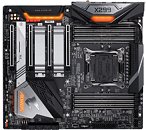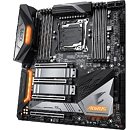ESS Technology Introduces Industry's First High Performance 8-Channel SMART DAC
ESS Technology, Inc., the industry leader in audio semiconductor devices, today announces two 8-channel DACs with integrated line drivers with exceptional performance. The incorporated ESS patented Hyperstream IV architecture provides the listener with the legendary SABRE sound quality with improved audio performance and a refined and enjoyable listening experience.
The ES9082 SMART DAC and ES9081 DAC are ESS' next generation devices that deliver a True DNR of +120dB and -108dB THD+N with 2VRMS line driver for each of the 8 channels allowing for an amazing audio experience while reducing the Bill-Of-Material (BOM). Channels can be summed to improve performance in an application requiring fewer channels. A 2-channel differential configuration can achieve up to +127dB DNR with a 4VRMS output. ESS' True DNR performance does not rely on Dynamic Range Enhancement (DRE) technology that shows higher DNR but is known to cause pop noise in some applications.
The ES9082 SMART DAC and ES9081 DAC are ESS' next generation devices that deliver a True DNR of +120dB and -108dB THD+N with 2VRMS line driver for each of the 8 channels allowing for an amazing audio experience while reducing the Bill-Of-Material (BOM). Channels can be summed to improve performance in an application requiring fewer channels. A 2-channel differential configuration can achieve up to +127dB DNR with a 4VRMS output. ESS' True DNR performance does not rely on Dynamic Range Enhancement (DRE) technology that shows higher DNR but is known to cause pop noise in some applications.






































